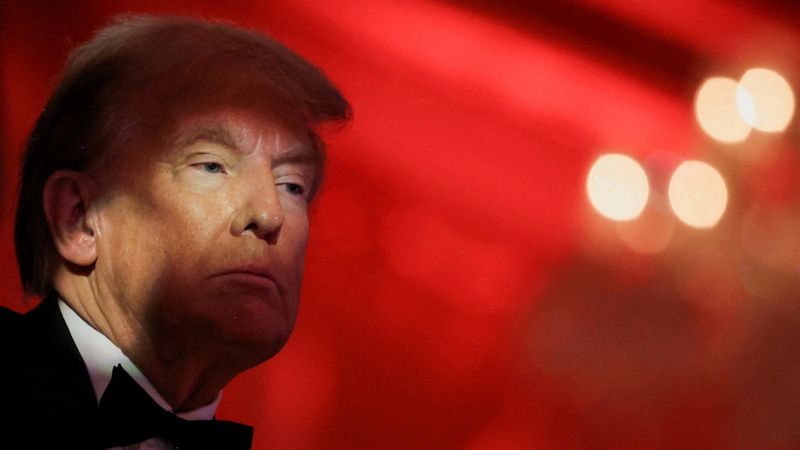
Trump tries to force other countries to negotiating table on immigration and trade with promise to hike tariffs
CNN
President-elect Donald Trump’s pledge to impose massive tariffs was an early warning shot to try to force the hand of allies and adversaries to come to the negotiating table on immigration and trade issues, a transition official told CNN.
President-elect Donald Trump’s pledge to impose massive tariffs was an early warning shot to try to force the hand of allies and adversaries to come to the negotiating table on immigration and trade issues, a transition official told CNN. Trump on Monday vowed hikes in the taxes American companies must pay on goods imported from Mexico, Canada and China starting on his first day in the White House, unless those countries comply with his demands to crack down on migration and drugs flowing into the United States. “Why not? No surprises,” the transition official told CNN. “We know what works.” Trump’s posts Monday on Truth Social appeared to be the opening act in a long-promised trade war with China and North American countries – as well as the latest illustration of how the president-elect plans to force other countries to help the United States stem the flow of migrants and drugs into ports and across borders, as he often vowed on the campaign trail. It comes despite warnings that tariff hikes, if they come to fruition, could increase inflation. A Goldman Sachs analysis on Tuesday projected that Trump’s proposed hikes would increase the core personal consumption expenditures index — a key inflation gauge that excludes food and energy costs — by 0.9%. And Matt Priest, the president of the leading footwear industry trade group Footwear Distributors & Retailers of America, warned that Trump’s proposed tariffs would “directly increase costs for retailers and consumers, leading to higher prices on everyday essentials like shoes.” But it’s a strategy that stems from a belief that similar threats worked in Trump’s first term in the Oval Office, the transition official said. During those four years, Trump took a hardline — and at times, scattershot — approach toward Latin America, which was largely the source of migration to the United States. That approach included levying consequences, like sanctions, and threatening and imposing tariffs.













